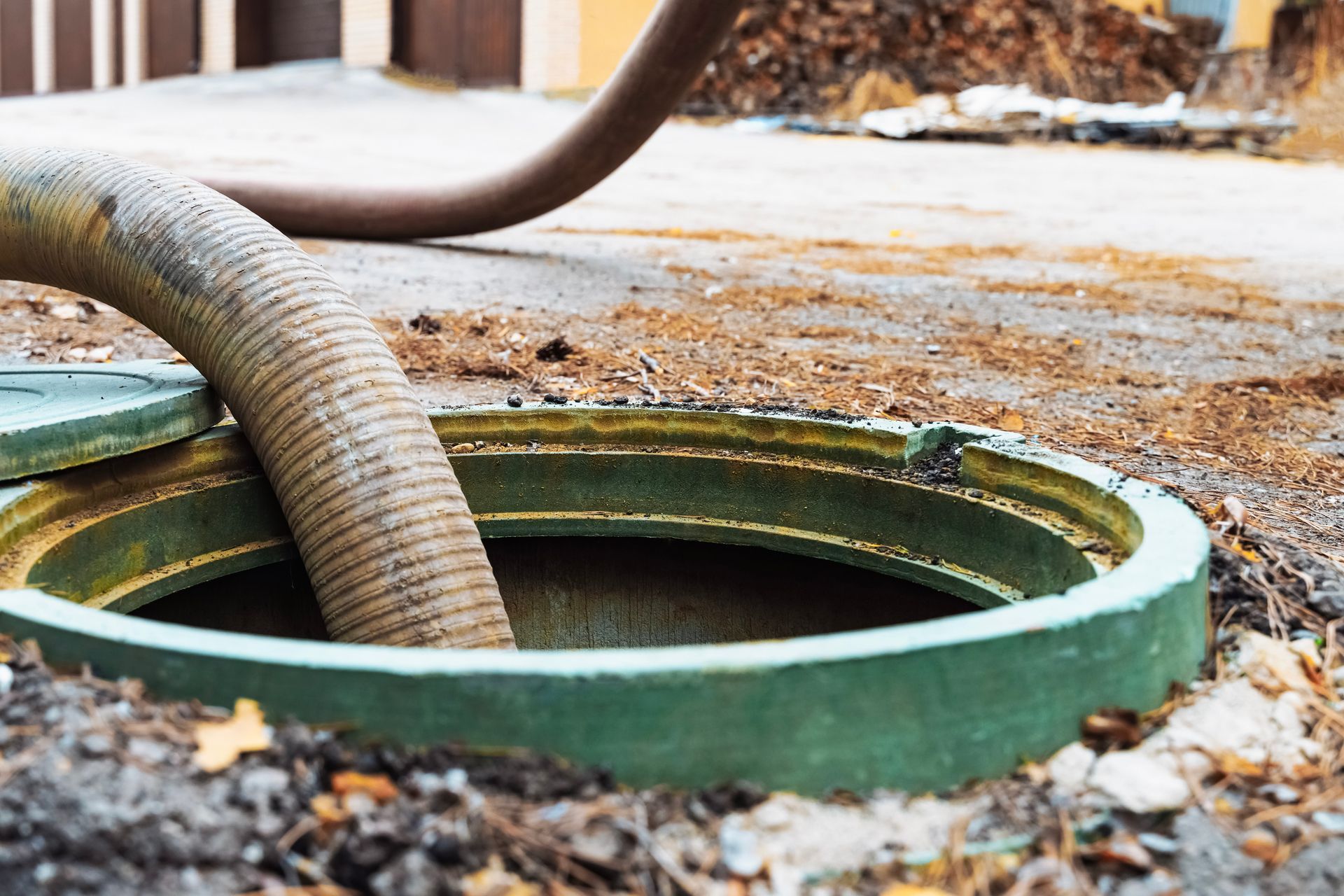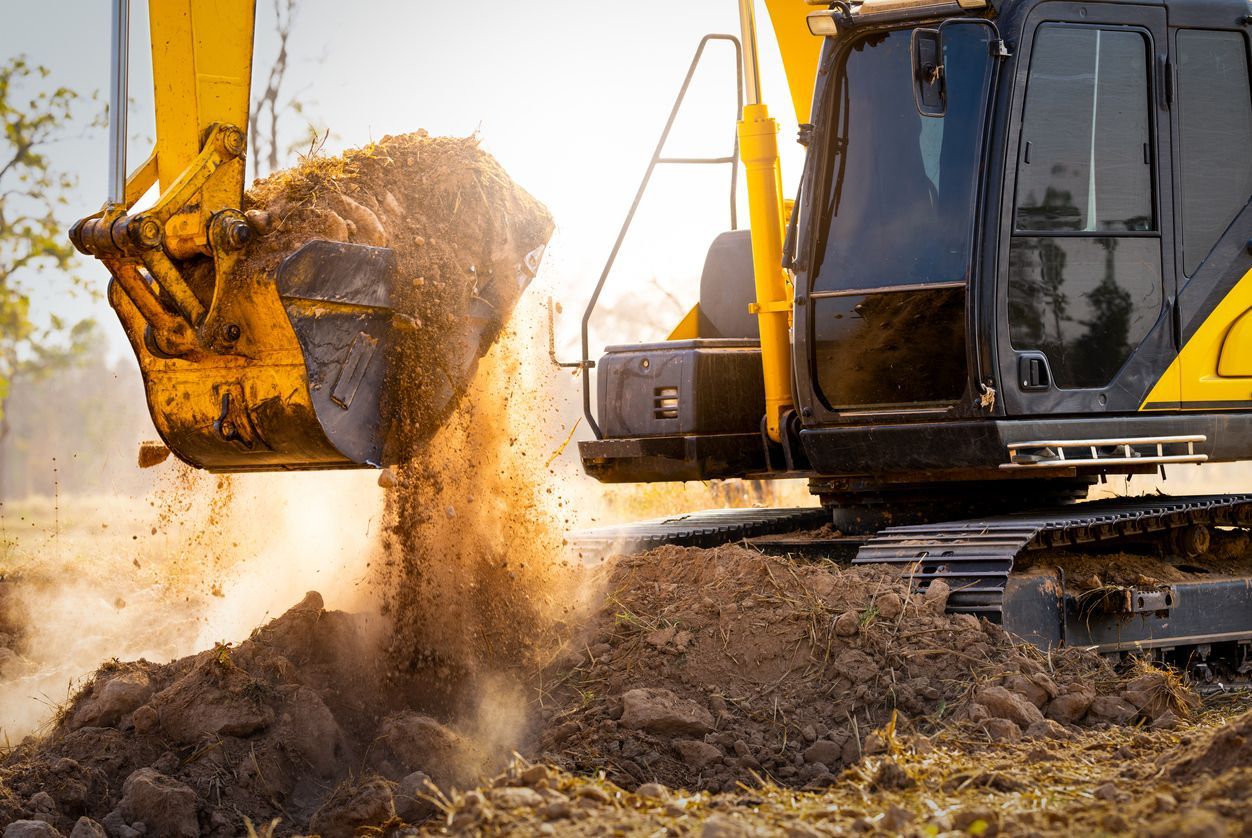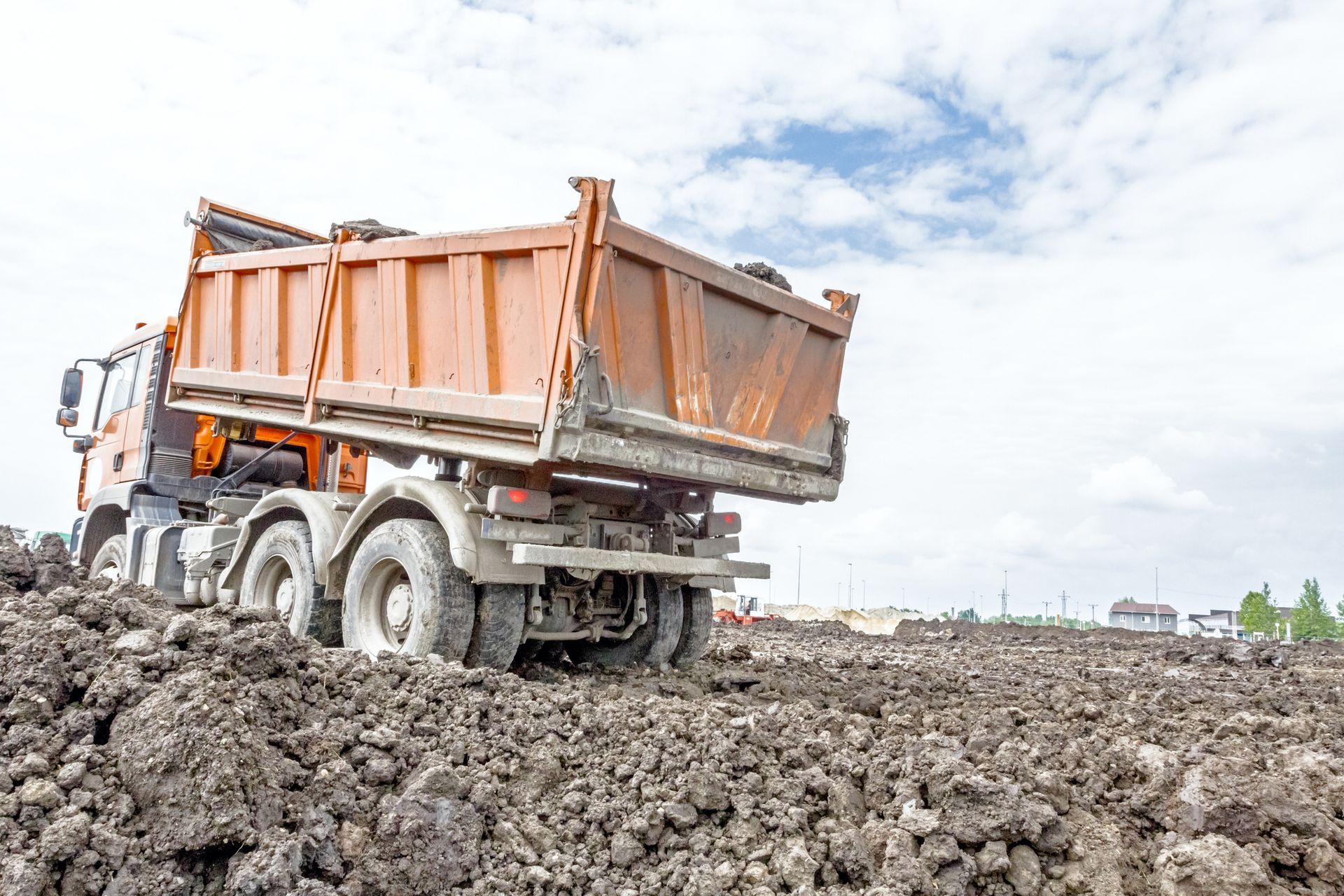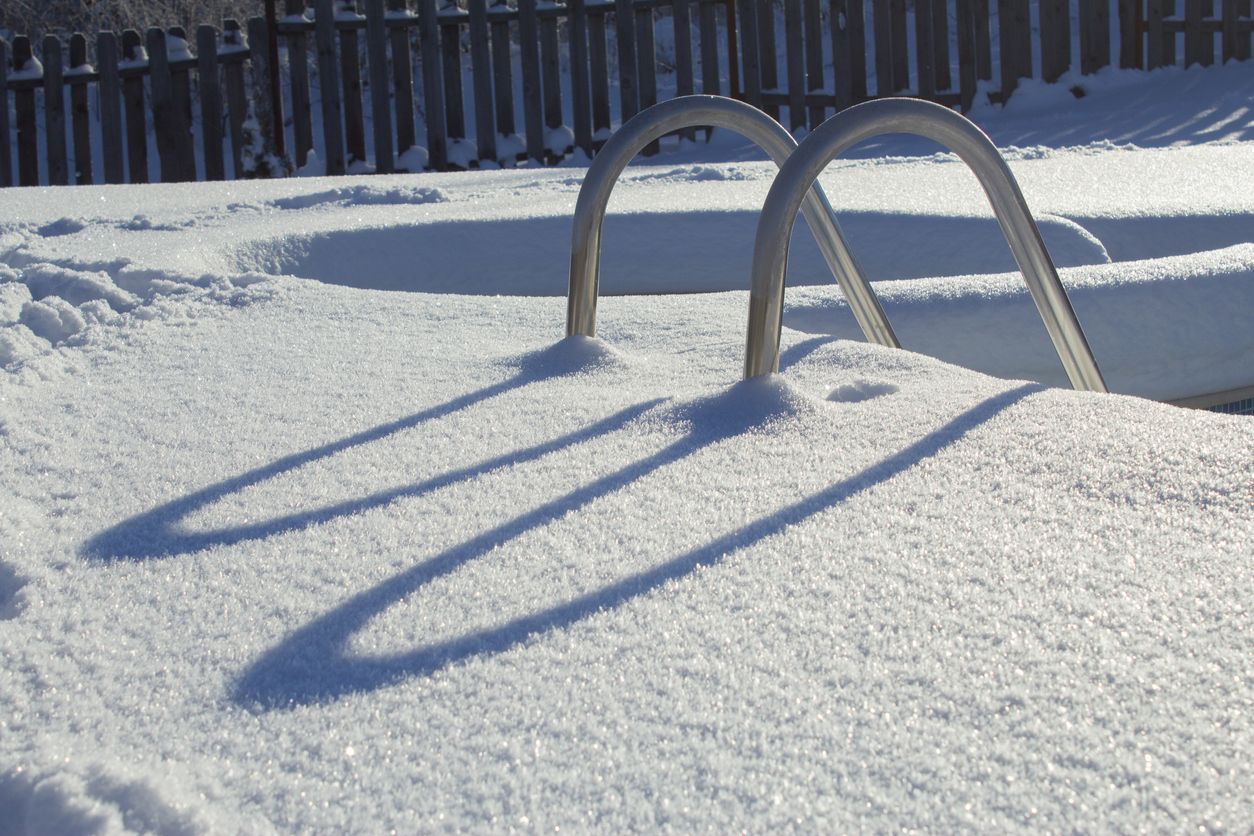Septic System Installation: What Homeowners Need to Know
Septic System Installation Guide for Homeowners

For many homeowners, installing a septic system can feel like a complex, daunting process. But understanding the key elements involved can make it a much smoother experience. A well-installed and maintained septic system is essential for managing household wastewater in areas without centralized sewer systems, ensuring effective waste treatment right on your property. Here’s everything you need to know about septic system installation, from the basics to the benefits of hiring a professional service.
1. Understanding Septic Systems
A septic system is a self-contained, underground wastewater treatment system. Typically used in rural areas, it efficiently manages and treats wastewater from bathrooms, kitchens, and laundry systems. The system consists of two main parts: the septic tank and the drain field (or leach field). Here’s a quick breakdown of their roles:
- Septic Tank: This watertight container collects wastewater, where solids settle at the bottom, forming sludge, while oils float to the top as scum. The middle layer of partially clarified water flows into the drain field.
- Drain Field: This area of soil absorbs and treats the partially treated water from the tank, naturally filtering and dispersing it into the ground.
2. Key Factors in Choosing a Septic System
Not all septic systems are alike, and choosing the right type depends on various factors:
- Soil Type: The soil’s absorption and drainage capacity will influence the system design. A soil test is typically conducted to determine if the ground can handle the water load effectively.
- Household Size: The amount of wastewater produced depends on the household size. A larger tank might be required for a big family or a home with high water use.
- Environmental Regulations: Local building codes and environmental regulations may dictate certain types of systems to avoid contamination of water sources.
3. The Septic Installation Process
The installation process involves several critical steps, each requiring expertise for the system to function properly:
- Soil Testing and Permits: A soil test or percolation test determines the type of system best suited for your property. Once the test is complete, you’ll need permits from your local authorities.
- Excavation and Tank Placement: Professional excavation is crucial, as the tank needs to be buried at the correct depth to ensure proper function without interfering with groundwater.
- Drain Field Preparation: Installing the drain field requires careful planning and precise placement of pipes to allow for effective filtration and drainage.
- System Testing and Final Checks: After installation, professionals will test the system to ensure everything works correctly and meets regulatory standards.
4. Benefits of Professional Installation
Hiring experienced professionals like JGX Construction for septic installation ensures that each phase is handled correctly and safely. Professional services come with several benefits:
- Regulatory Compliance: Experts are well-versed in local codes, ensuring your system meets all necessary regulations.
- Long-term Reliability: A professionally installed system is less likely to face issues down the line, saving you from costly repairs.
- Expertise in Soil Conditions: Professionals understand how to work with different soil types and can adjust installation strategies accordingly.
5. Maintenance Tips for Longevity
Once installed, regular maintenance is essential to keep your septic system in top shape. Here are some best practices:
- Regular Pumping: Have your tank pumped every 3-5 years, depending on household size and usage.
- Avoid Flushing Non-biodegradable Items: Only human waste and toilet paper should go down the drain. Avoid flushing items like wipes, feminine products, and grease, which can clog the system.
- Conserve Water: Too much water can overwhelm your septic system. Consider water-saving fixtures and spread out high water usage tasks like laundry.
- Inspect Annually: Have a professional inspect the system each year to catch minor issues before they escalate.
Installing a septic system may seem complicated, but with the right information and professional support, it can be a straightforward process. Understanding the basics, planning carefully, and choosing qualified professionals are all critical for a successful installation. A well-functioning septic system not only ensures effective wastewater management but also contributes to a healthier home environment.


WHERE WE WORK.
We work throughout Middle Tennessee including Nashville, Brentwood, Franklin, Belle Meade, Green Hills, Dickson, Belleview, Mt. Juliet, Hendersonville, Lebanon, Columbia, Tullahoma, Winchester, Gallatin, and the surrounding cities. Wondering if we will come to you? Give us a ring.
READY TO DIVE IN? Complete the form below and we will get back to you.
Contact Us
We will get back to you as soon as possible.
Please try again later.
CONTACT US
OFFICE HOURS
- Mon - Fri
- -
- Sat - Sun
- Appointment Only
Privacy Policy | JGX Construction




